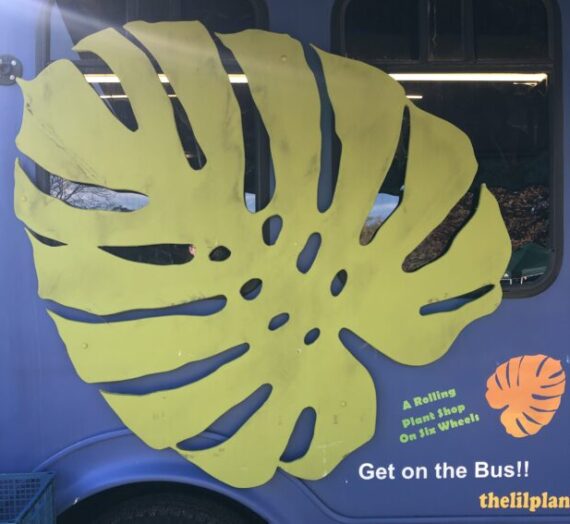 Fatima Vejzovic squats in front of the çilimi weaving loom. She’s being asked questions about the process, but does not have enough English vocabulary to respond. She motions in a way that indicates everyone should kindly shut up and just watch. No interpreter needed. She shows with her hands how she counts out to thread the thick yarn to create patterns. Above the loom, a completed rug shows what this piece-in-progress will generally look like when finished.
Fatima Vejzovic squats in front of the çilimi weaving loom. She’s being asked questions about the process, but does not have enough English vocabulary to respond. She motions in a way that indicates everyone should kindly shut up and just watch. No interpreter needed. She shows with her hands how she counts out to thread the thick yarn to create patterns. Above the loom, a completed rug shows what this piece-in-progress will generally look like when finished.
Vejzovic, a Bosnian refugee, is only one of the artists whose work is currently on display at the Institute for Community Research as part of the New Lives/New England touring exhibit. The artists are refugees and other new immigrants living in Connecticut, Maine, and Vermont. Tapestries, bags, mittens, and lace are among the works from members of the Assyrian, Bosnian, Burmese Karen, Somali, and Somali Bantu communities.
Lynne Williamson, Director of the Connecticut Cultural Heritage Arts Program at the ICR, said that handicrafting can be therapeutic for those who have experienced trauma. Having their works on display and creating opportunities for the public to interact with artists, she said, encourages people to view the creators in ways other than just “women in headscarves.”
This past weekend, the ICR held an open house providing that opportunity and giving artists a chance to sell some of their goods, from knit baby clothes to doilies and wall hangings.
The exhibit, a collaboration among the Institute for Community Research, Vermont Folklife Center, and Cultural Resources, will be on display through April 11, 2014 at the ICR Gallery, 2 Hartford Square West at 146 Wyllys Street.
